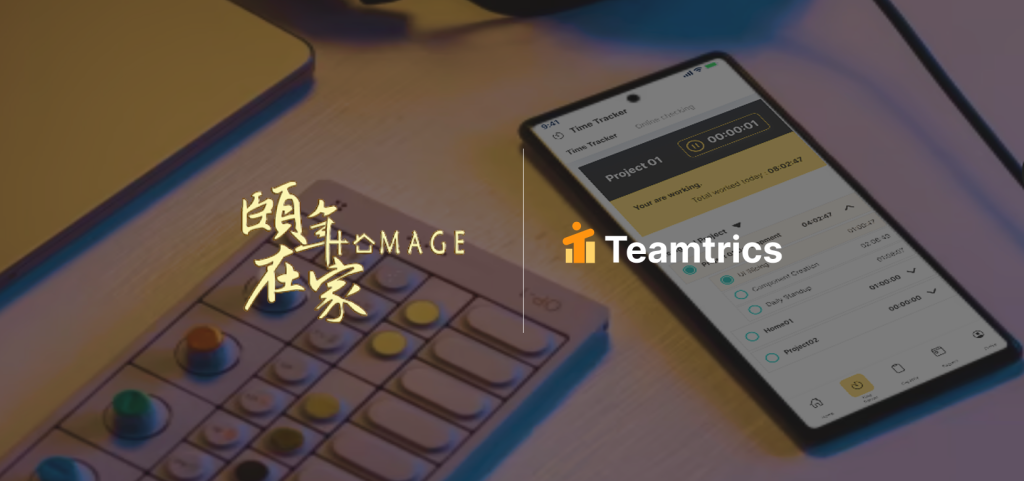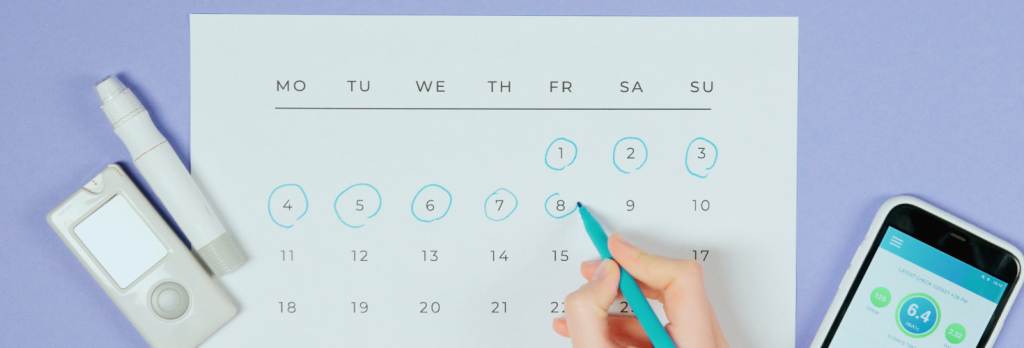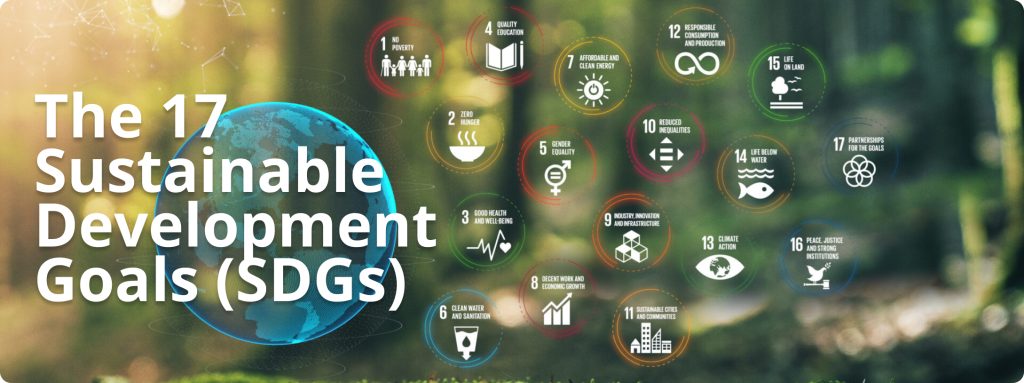The Illusion of Busyness in Modern Teams
In today’s hybrid work culture, “busy” has become the new normal. Employees attend back-to-back virtual meetings, reply instantly on Slack, and appear “green” all day. Yet, despite all this visible activity, projects still run behind schedule.
The truth is, busyness doesn’t equal productivity in project management. Most organizations manage what they can see, meeting attendance, check-ins, and updates, but not what really matters: the flow of meaningful work.
Without deeper visibility into how teams allocate their energy, leaders are managing shadows, not real outcomes.

When AI-powered Project Management Tools Don’t Tell the Whole Story
Project management software, from Jira to Asana, helps teams plan and assign work. But while these tools track what needs to be done, they rarely capture how it’s being done.
Progress bars move forward, tasks get marked “complete,” yet the hidden inefficiencies stay buried: duplicated work, meeting overloads, unbalanced workloads, or misaligned priorities.
This creates the data gap, the space between visible activity and actual effectiveness.
Without AI-driven and AI-powered project management analytics, leaders are often flying blind. They react to symptoms (missed deadlines) instead of diagnosing causes (energy misallocation).
Teamtrics bridges that gap by using workforce intelligence to map how time and collaboration convert into results, giving managers the full picture of productivity beyond dashboards, act as a great AI-Powered project management software.
The Real Reason Teams Miss Deadlines
When deadlines slip, leaders often assume it’s poor planning or lack of discipline. But the deeper reason is fragmented visibility.
Managers see what’s assigned but not how people are coping. Employees feel overloaded yet unnoticed. Communication signals (emails, chat replies) create the illusion of engagement, while quiet burnout grows in the background.
By the time missed deadlines appear, the underlying issues, overcapacity, unclear ownership, or workflow breakdowns, are already weeks old.
With AI analytics for productivity, Teamtrics brings those early warning signs to light. The platform visualizes how time, collaboration, and focus distribute across projects, letting managers act before the cracks appear, act as a AI-Powered project management software.
When you connect empathy with data, performance improves naturally, no micromanagement required.
Closing the Data Gap with Workforce Intelligence
Traditional project tracking tells you what was done. Workforce intelligence tells you why results differ.
That’s the power of Teamtrics, an AI-driven analytics platform built to help modern teams work smarter, not harder.
Instead of measuring hours or screen time, Teamtrics maps energy flow, collaboration intensity, and task balance across the organization, they are quite similar to AI-Powered project management software. It detects hidden inefficiencies, like when one department is overloaded while another is underutilized, and helps leaders reallocate resources accordingly.
This isn’t about tighter control; it’s about smarter awareness.
With clear visibility into project rhythms, you can reduce overload, improve coordination, and ensure work aligns with real outcomes.

Empower your hybrid teams with balanced productivity insights.
From Project Tracking to Team Understanding
The future of AI-Powered project management software isn’t about adding more dashboards, it’s about building human-centered clarity.
When employees feel trusted and leaders have transparent insights, alignment happens naturally. Productivity improves not by monitoring people, but by understanding how work actually flows.
Teamtrics enables this through:
- Ethical, privacy-respecting analytics that highlight trends, not individuals.
- Collaboration insights that help teams rebalance workloads before burnout.
- A single source of truth for performance patterns, not just progress tracking.
This combination transforms how leaders lead when utilising AI-Powered project management software. Instead of reacting to late projects, they can proactively shape sustainable productivity, one that values output, not optics.

Summary: Busyness Isn’t the Goal, Clarity Is
If your team looks busy but results lag, the problem isn’t effort, it’s visibility.
In the hybrid era, traditional AI-Powered project management software tools only show a surface layer of productivity. Real performance lives beneath it, in patterns of collaboration, workload, and focus.
By adopting Teamtrics, an AI-powered workforce intelligence platform, also act as AI-Powered project management software, organizations can finally see beyond activity, and into impact.
Smarter visibility creates stronger teams, healthier culture, and projects that meet deadlines consistently. Stronger Team. Smarter Metrics. Teamtrics.

See how your team’s energy truly flows
FAQs
Q1. Why do teams look productive but still miss deadlines?
Because traditional AI-Powered project management software tools only capture surface activity. Without analytics that measure collaboration quality and workload balance, leaders miss the early signals of burnout or misalignment that cause delays.
Q2. How does Teamtrics improve project delivery visibility?
Teamtrics uses AI-powered analytics and similar to a AI-Powered project management software, they able to detect hidden inefficiencies in project workflows. It maps how time and energy are spent across teams, helping leaders redistribute resources and predict performance risks, improving delivery without adding pressure.



















